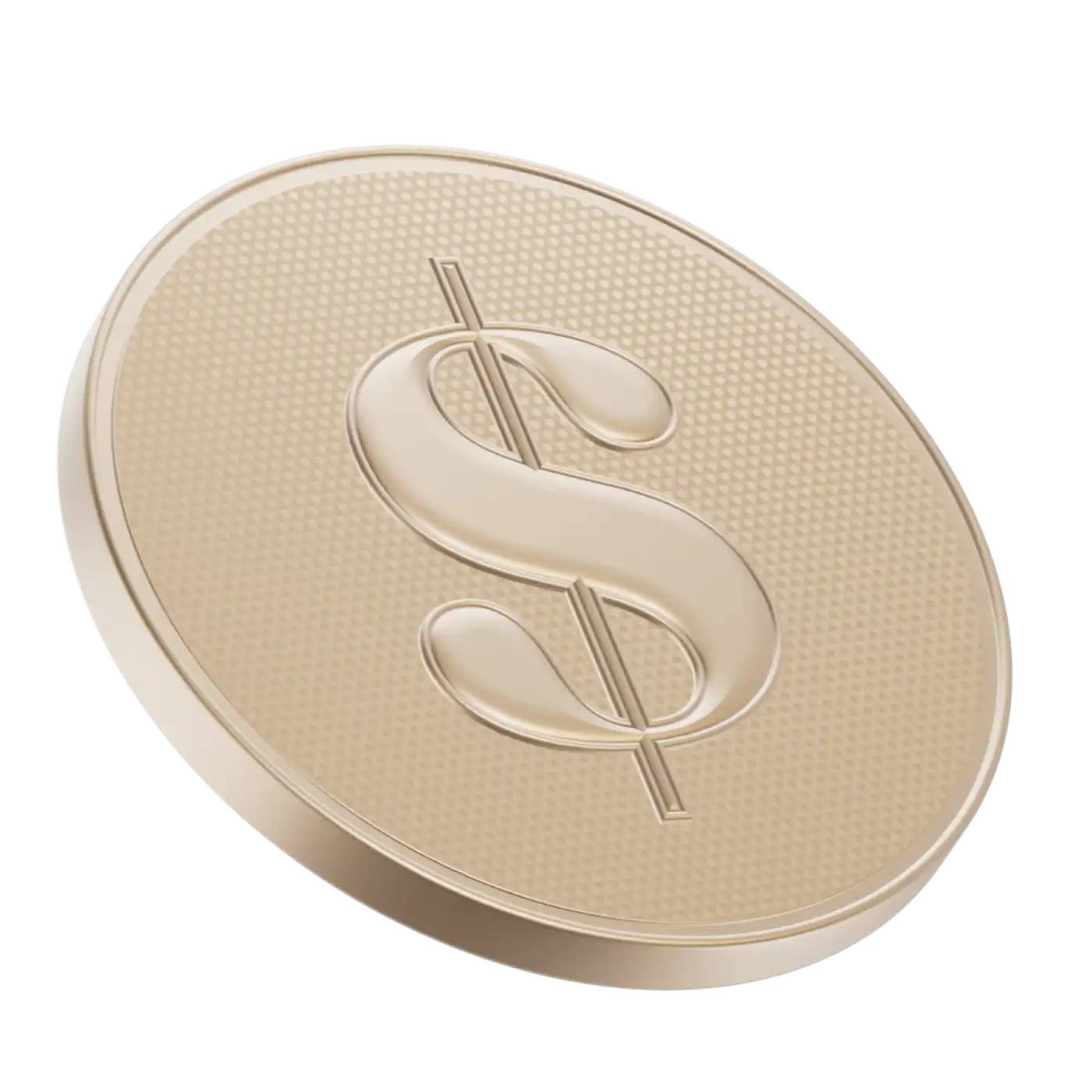There are a number of rules that come with owning a Registered Education Savings Plan (RESP). Many of these rules are specific to the withdrawal of money from the plan. Here’s what you need to know:
Rules for RESPs
Only the person who set up the account and made contributions can make withdrawals — they're known as the “Subscriber.” The student (the “Beneficiary”) is not allowed to withdraw. Withdrawals of contributions made by the Subscriber are called Post-Secondary Education Payments (PSE). They may be sent to either the subscriber or beneficiary. Withdrawals of the government grants (Canada Education Savings Grant (CESG) and Canada Learning Bond (CLB)) and investment earnings are collectively known as Educational Assistance Payments (EAP) and can only be sent to the beneficiary.
The subscriber must provide the financial institution who holds the RESP (the “Promoter”) with proof of enrollment confirming the student is enrolled as either a part- or full-time student in an approved post-secondary institution. Proof can consist of an offer letter, the course confirmation or other information showing student number, term, program name, etc.
PSE payments aren't taxable. The student will be taxed on EAP withdrawals. The financial institution will issue a T4A tax form in the student's name for EAP payments only.
Subscriber contributions (PSE) can be withdrawn in any amount. There is a limit of $8,000 during the first 13 weeks of schooling for the EAP payments (government portion).
Maximum RESP withdrawal
There is an $8,000 withdrawal limit (or $4,000 if the student is enrolled part-time) on the EAP portion during the first 13 weeks of schooling. There is no limit on the amount of Subscriber (PSE) contributions that can be withdrawn.
After 13 weeks, any amount of EAP contributions can be withdrawn.
NOTE: each beneficiary can receive a lifetime maximum of $7,200 in CESG. Anything in excess of that must be paid back to the government. Track the EAP portion carefully, especially if you have a family plan.
If the costs of the program are more than the limit, your financial institution holding the RESP can apply to the Minister of Employment and Social Development for approval to withdraw more.
RESP withdrawal rules for family plans
There are two types of RESP, single beneficiary and family plan. If you have a family plan, each beneficiary must be:
Connected by blood or adoption to each subscriber (the person making the contributions).
If the RESP was started after 1998, the person going to school who will benefit from the funds in the RESP must be less than 21 years of age.
If the RESP is being transferred from one family member to another, the new beneficiary can be 21 or older, as long as they are connected by blood or adoption to the subscriber.
There are two types of withdrawals: Subscriber contributions (PSE) and government grants + investment earnings (EAP). There is no limit to PSE payments. The limits on EAP are mentioned above. There is a maximum of $7,200 CESG per beneficiary. If you have an RESP account for more than one beneficiary, track the amounts carefully to ensure that no single beneficiary exceeds their $7,200 limit. Any CESG payments exceeding this limit must be returned to the government.
RESP withdrawal penalty
If you must collapse the RESP before the funds are depleted because your child doesn’t go on to post-secondary education or withdraws early, you could face hefty fines. The government portions will be returned to the government, and you withdraw your own contributions without penalty.
But what about investment earnings? Investment earnings remaining in a RESP after the plan has been collapsed are called an Accumulated Income Payment (AIP). Those funds must be included as income, and will be taxed at your marginal tax rate, plus a penalty of 20% (12% for residents of Quebec). If you/your spouse has RRSP room, you can transfer the AIP (up to a maximum of $50,000) to your RRSP on a tax-deferred basis. You can complete the transfer if:
The subscriber is a resident of Canada
Only one subscriber can claim the payment
The RESP was open at least 10 years, and each beneficiary is over 21 and not eligible for EAP; or all RESP beneficiaries are deceased; or payment occurs in the 35th year following the year of the RESP's inception date
Useful terms to know when navigating RESP accounts
Beneficiary: The person for whom the RESP was set up — the student.
Canada Education Savings Grant (CESG): The portion the government of Canada contributed to the RESP. There is a lifetime maximum of $7,200 per Beneficiary.
Canada Learning Bond (CLB): Contributions made to the RESP by the government of Canada for low-income families. Eligibility is based on the number of children and adjusted income of the primary caregiver.
Educational Assistance Payments (EAP): Amounts paid from the RESP to the beneficiary (the student), including the CESG, CLB, and any provincial matching programs, plus any investment income earned inside the RESP.
Post-Secondary Education Payment (PSE): The contributions the subscriber made to the RESP.
Post-Secondary Institution: according to the Government of Canada, this is classified as:
A university, community college, private college, seminary, specialized health care training institute such as massage therapy, chiropractic, naturopathy, or applied arts and technology schools that offer post-secondary courses on a full-time basis. Private schools such as Medix, Herzing, and the National Ballet School also fall in this category. Distance education programs may also qualify.
Trade schools and other specialized skills institutions that are certified by the Ministry of Employment and Social Development Canada that teaches skills in an occupation such as plumbing, HVAC, welding, truck driver training, esthetics, hairstyling, and makeup application. Students develop or upgrade skills. Distance education programs may also qualify.
A university, trade school, or college outside of Canada that offers either full-time courses of at least three weeks in duration, or part-time courses of at least 13 weeks' duration.
Promoter: The financial institution that administers the RESP.
Qualifying Education Program: A post-secondary level or distance education of at least three weeks' duration that requires at least 10 hours of coursework per week.
Specified Education Program: A post-secondary education program of at least three weeks' duration that requires at least 12 hours per month on coursework.
Subscriber: The person making the contributions to an RESP.

